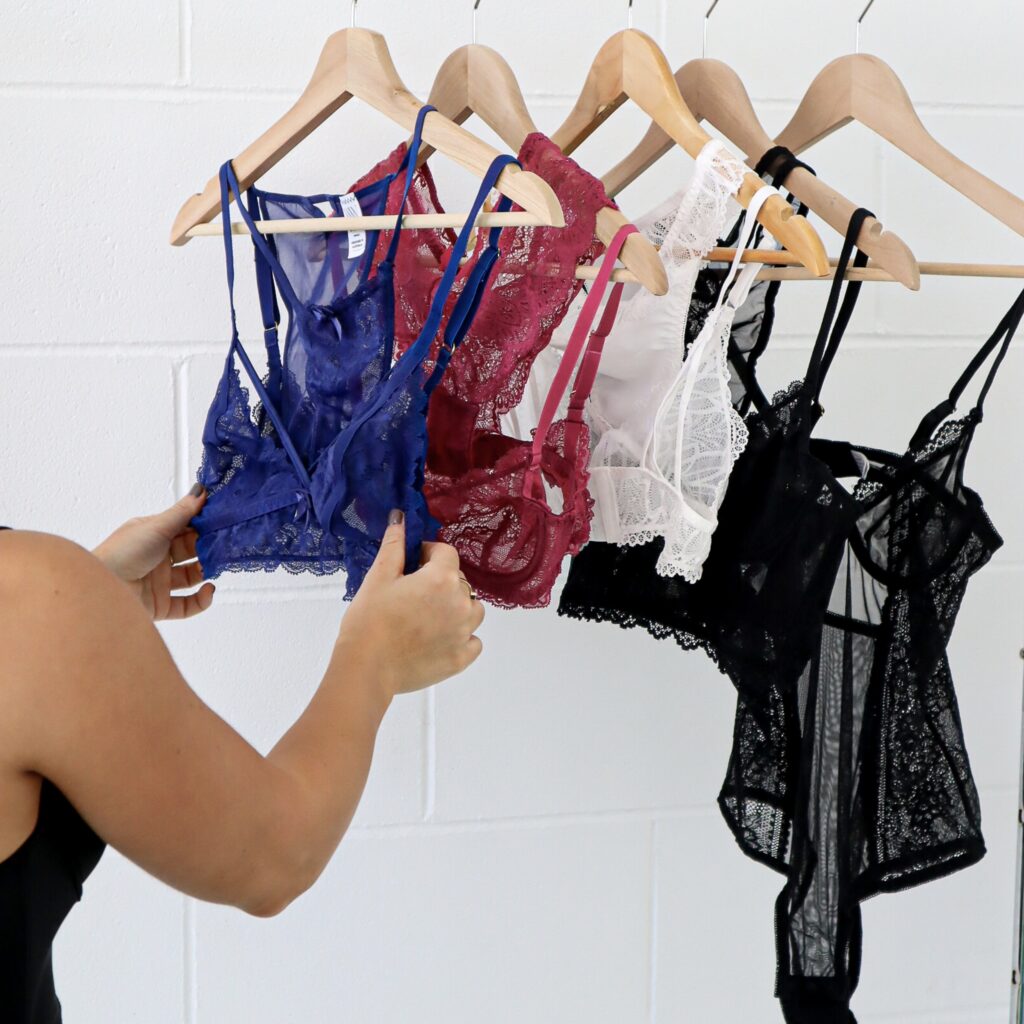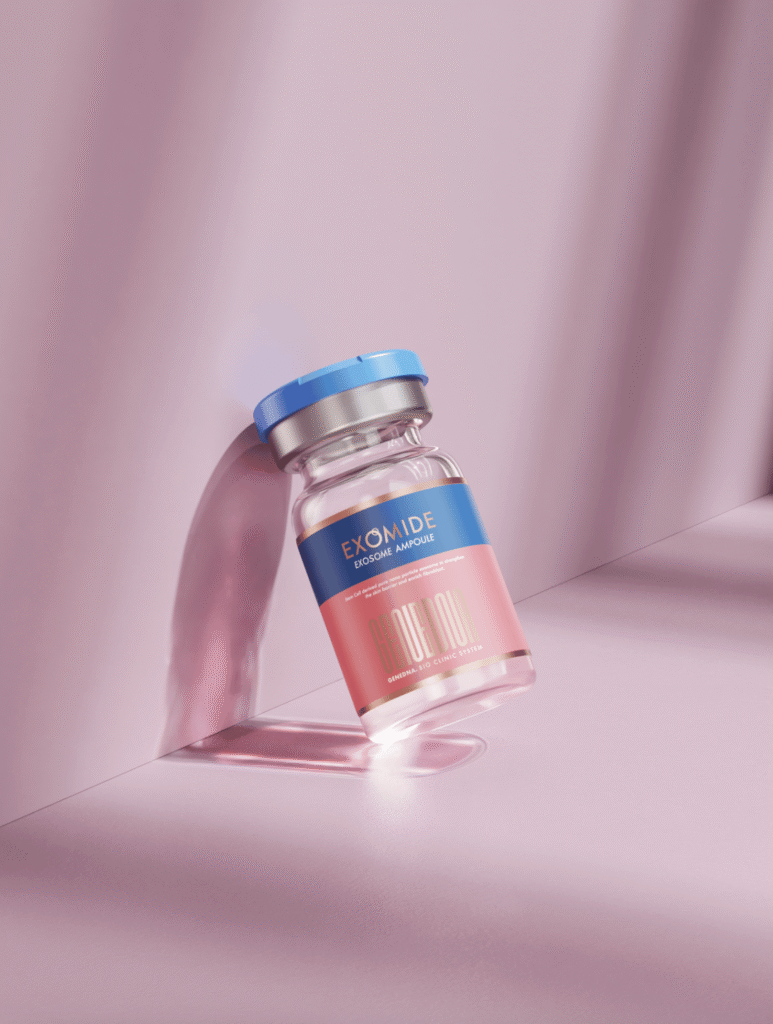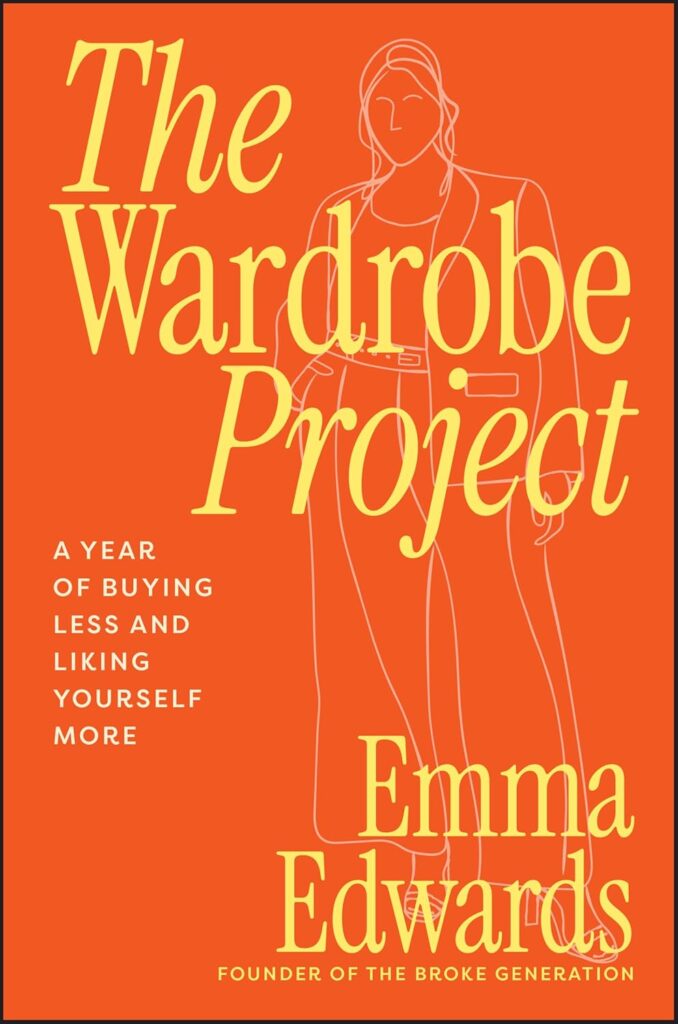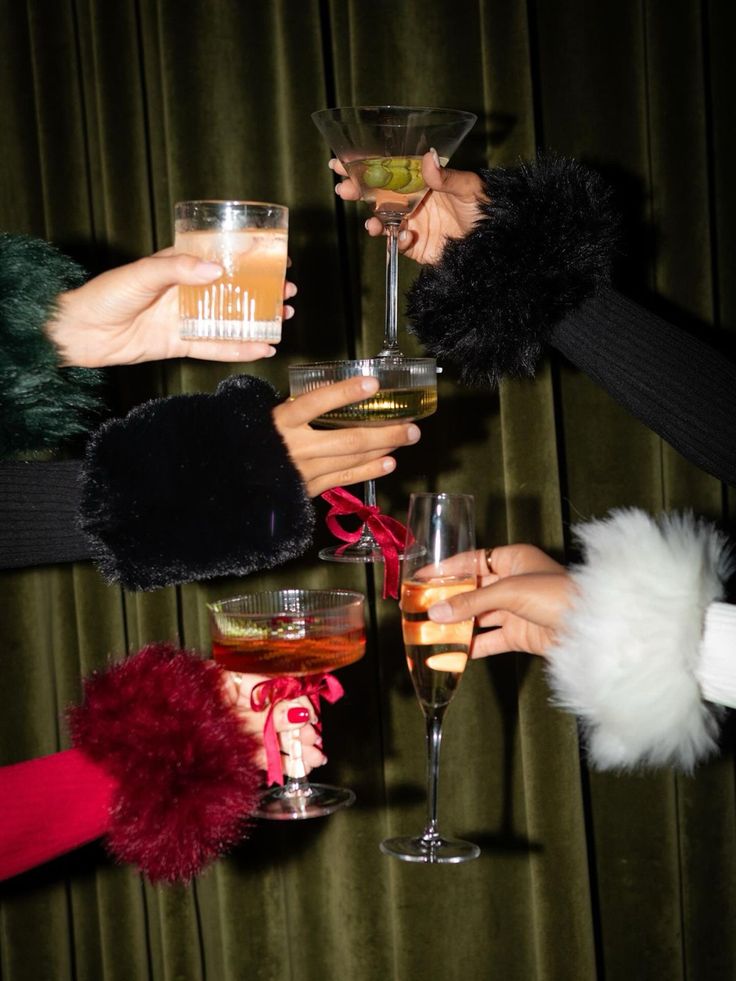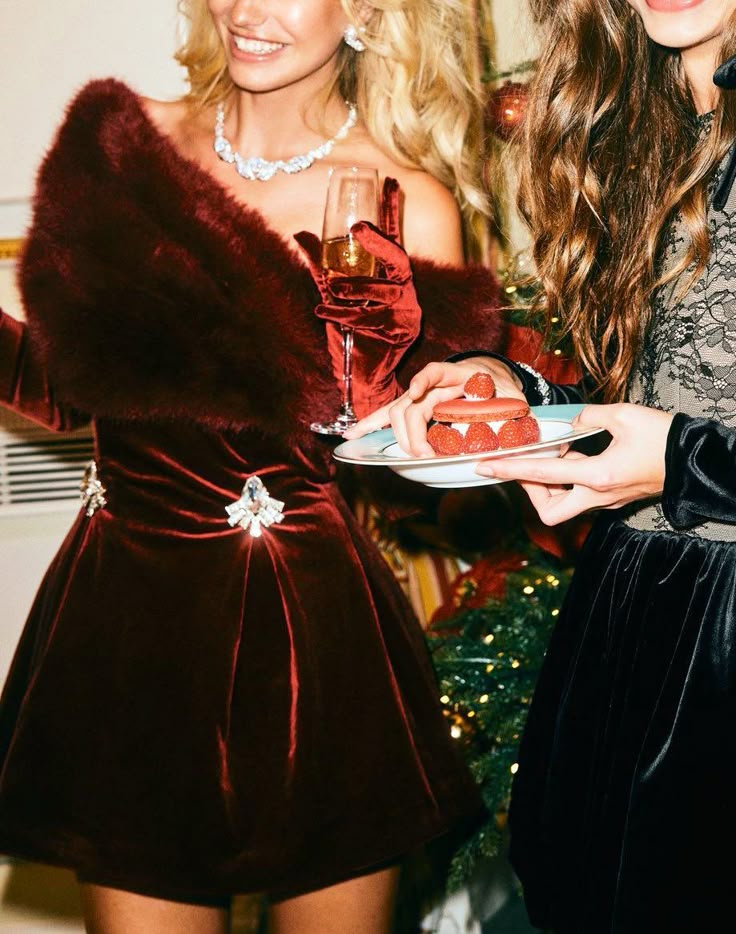We’ve all wandered aimlessly through the bra department, trying to decipher how a standard size 10 translates to a US 32 or a European size 70, all before even considering cup size. Impossible right? Who has the time! According to the journal Chiropractic & Osteopathy, around 80% of women wear the wrong bra size, with 70% wearing bras that are too small and 10% wearing bras that are too large. So let’s look into some of the
Underwire or no Underwire?
I’m a big believer that this one is a personal preference. As a busty girl, I love the support underwire bras provide, but I also enjoy a bralette on lazy days at home.
Underwire bras saw a decline in popularity in the last decade due to claims that they could restrict lymph fluid and potentially cause breast cancer. Understandably, many of us avoided them. However, major cancer organisations like the National Breast Cancer Foundation and Cancer Council have rejected these claims, stating that there is no evidence that bras cause or contribute to cancer. As a result, underwire bras have regained popularity.
So, which bra is best for you? It’s all about personal preference. I recommend trying as many styles as you can! One of my clients recently tried our Olivia Underwire Bra and was amazed by the added lift. Despite having an A cup and usually wearing bralettes, she loved the extra support. This shows that underwires aren’t just for busty women—they can also provide a great lift for those with smaller busts.
Styles Best for Smaller Cups
While there is no absolute best bra, it’s important to know what you want in a bra in order to find what is right for you. Are you looking for a little extra lift? Consider a push up bra. Are you looking for a bra for a low-cut top? Consider a plunge or demi bra. Or maybe just an everyday bit of support? Consider a bralette, one with a lining layer of power mesh will not only give you extra support, but the product longevity is also increased dramatically.
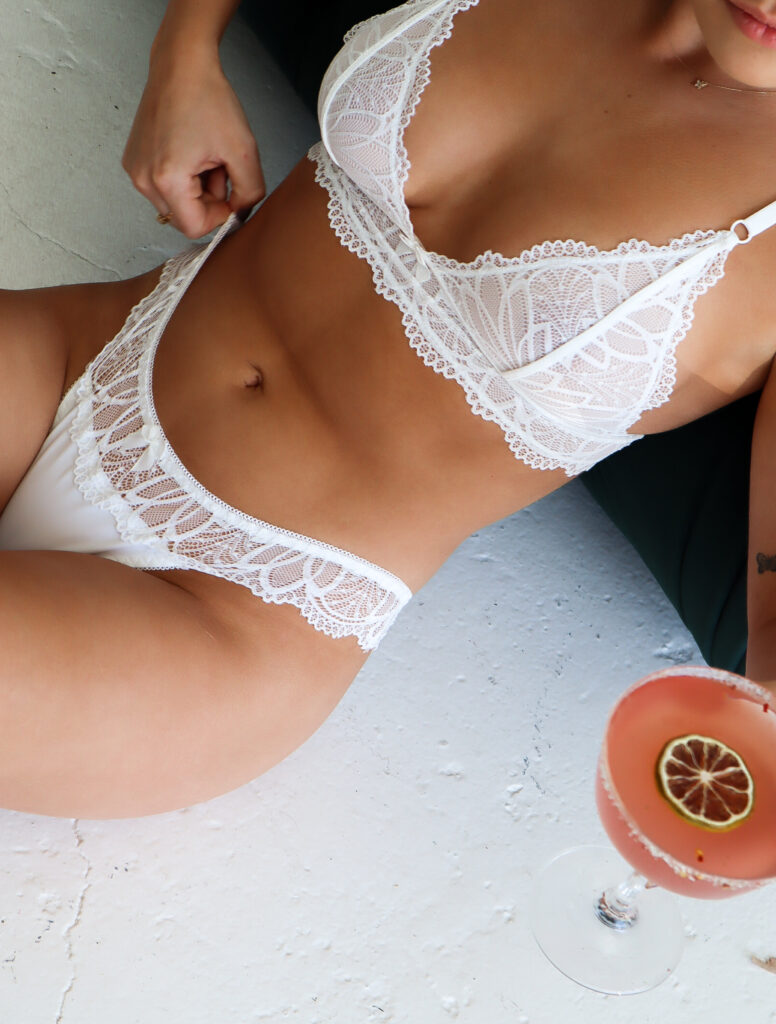
Amy Bralette in White, $65. Shop here.
Styles Best for Larger Cup Sizes
As mentioned, there’s no right or wrong when choosing the best bra, but support is crucial for larger cups. From my own experience, if a bra doesn’t support my bust, my lower back will protest by the end of the day. That’s why a well-designed bra is essential. I wouldn’t recommend a standard demi cut for larger cups—there’s nothing worse than feeling your breasts spill over the top. Instead, opt for a fuller cup with a deeper allowance for the bust.
However, being busty doesn’t mean you’re limited to sports bras and full coverage “nana” bras. Many brands now use innovative materials and construction techniques, allowing busty women to get the support they need without sacrificing style or comfort.
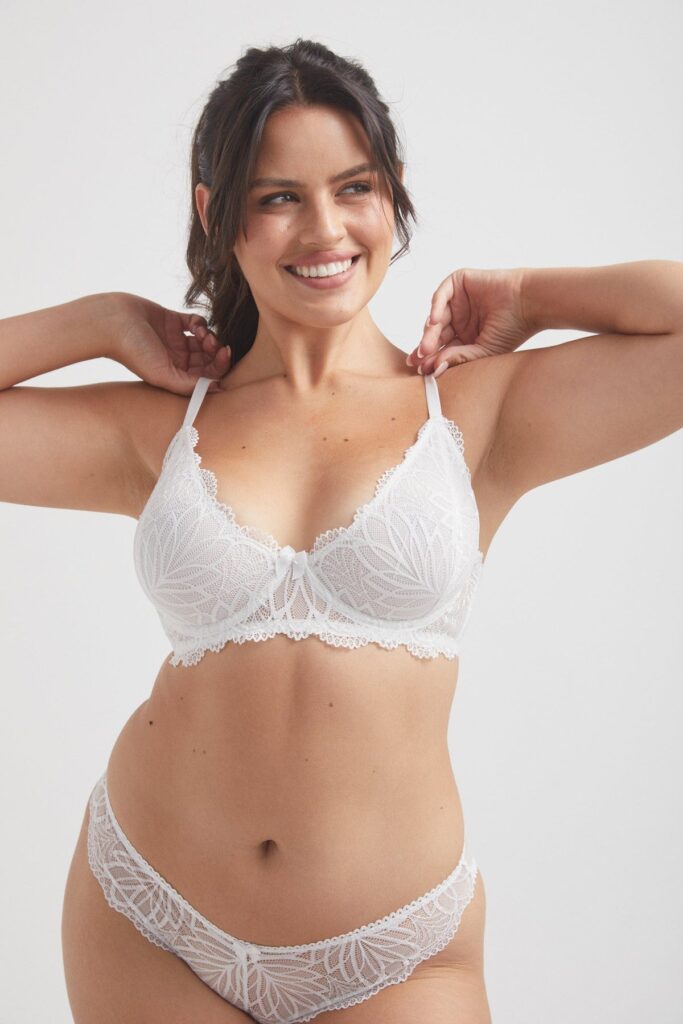
Olivia Bra in White, $75. Shop here.
Bra Styles? Let me explain!
We all know the basic bra styles, but some cup styles can be a bit more confusing. Here’s a quick guide.
Demi Bra
‘Demi’ means half, describing this cut. It’s great for smaller bust sizes, but for larger busts, a fuller cut is recommended.
Longline
This bra extends past the underbust and is usually a statement piece.
Bralettes
A great wire-free option. Hot tip: look for brands that line their bralettes for extra support and longevity.
Full Coverage
The most supportive option, designed to cover the whole breast with straps that sit in the middle of the shoulder for optimal support.
Sports Bra
The most supportive option overall. Busty women, I highly recommend Lululemon for their high-support sports bras.
Plunge Bra
Pushes breasts together and creates cleavage. The angled cups and low centre make them ideal for low-cut tops and dresses.
Balcony Bra
Features wider-set straps and is perfect for wide-neck tops and dresses.
Push-Up Bras
Use underwire and padding to give the bust a gentle lift. Great for smaller breasts wanting to look larger or larger breasts wanting to look perkier.
Nursing Bras
Feature a clip-on flap at the top of the cup for easy feeding. New mums, check out Kiss Active for nursing sports bras or Hot Milk for stunning, confidence-boosting nursing bras.
Bra Tips for Styling Outfits
Showing off a little lingerie can elevate an outfit. A bodysuit, lined bra or bralette can add a stylish touch. Opt for lingerie that is semi or fully lined for a cute look without revealing too much.
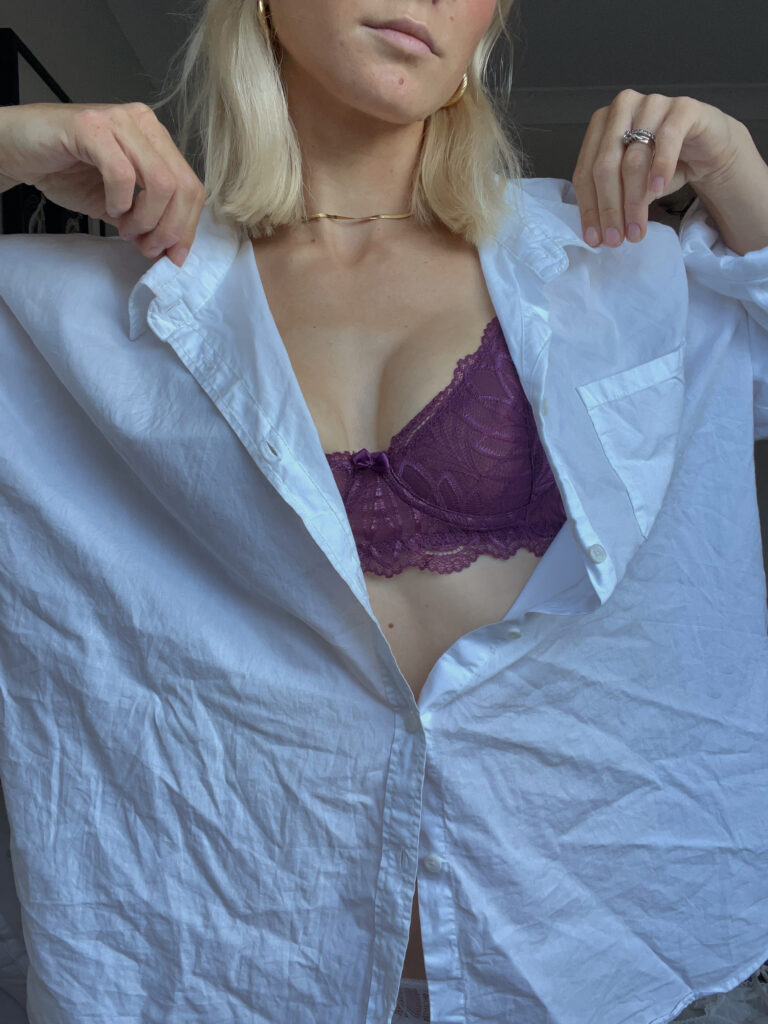
How to find your bra size at home in four steps
Getting fitted for a bra or finding the time to get a fitting can just seem too much sometimes. Here is how to find your bra size in four easy steps.
Step One
Measure your under-bust and note this measurement. Check
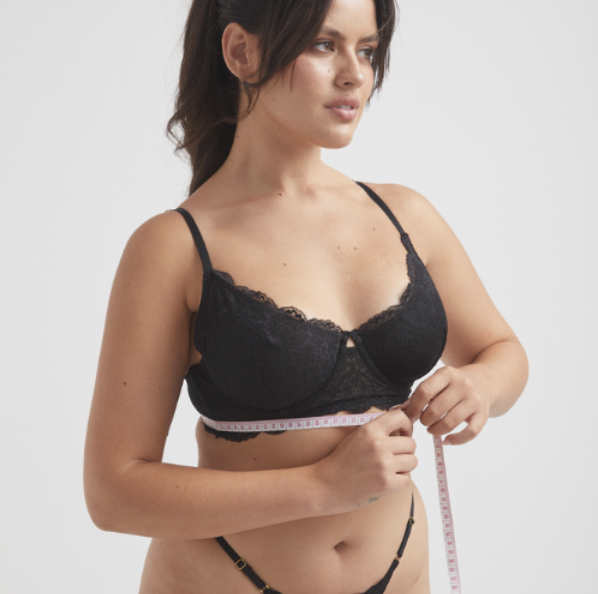
Step Two
Measure the fullest part of your bust without squishing. This is your bust size and will be used to calculate your cup size.
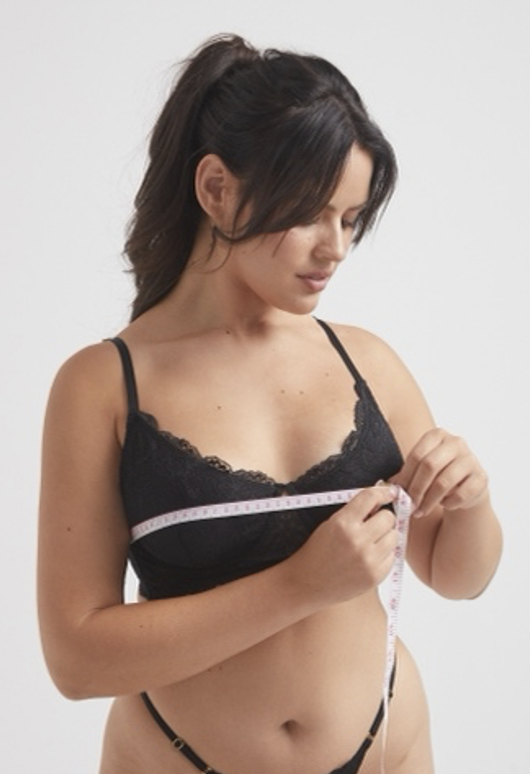
Step Three
To calculate your cup size, subtract your underbust measurement from your bust size. For example, if your measurements are 93cm (bust) and 76cm (underbust), the difference is 93cm – 76cm = 17cm.
Step Four
Refer to Table One for your band size using your underbust measurement and Table Two for your cup size using the difference between your bust and underbust measurements.
From the example, an underbust of 76cm corresponds to an AU 12C and a US 34C.
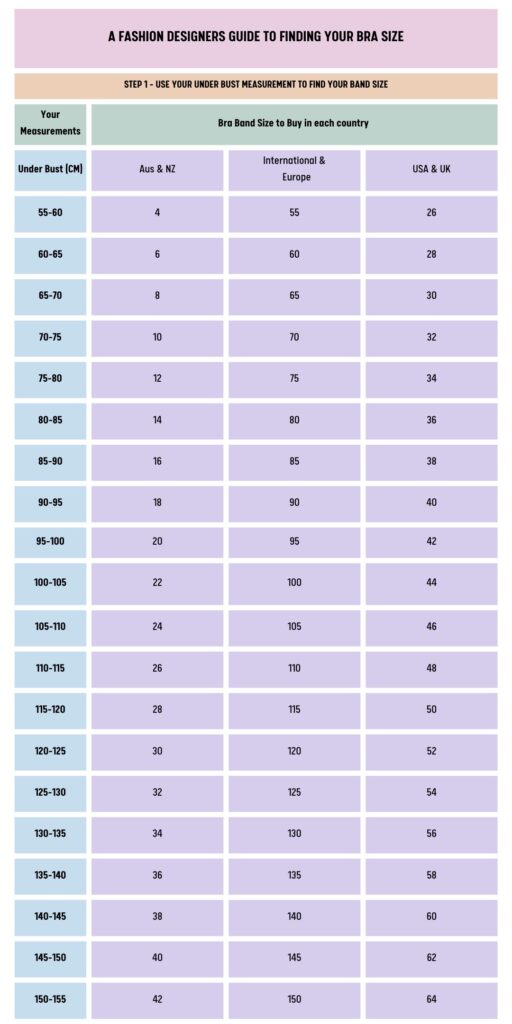
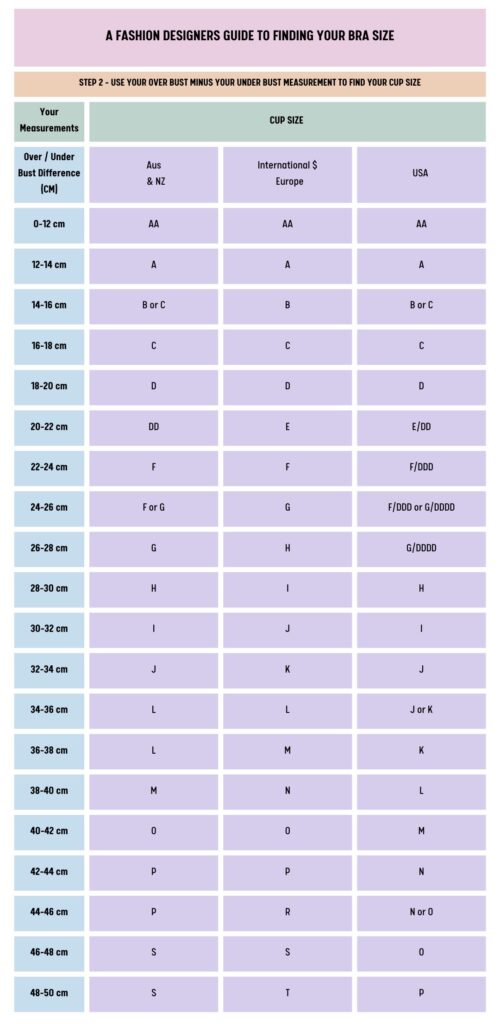
How Do I Know if My Current Bra Size Is Incorrect?
Look out for these signs that your bra size may be incorrect. If you notice any of these, it’s time to recheck your size and go shopping:
- The back of the band is riding up
- Boob spillage over the top of the cup
- The wire isn’t sitting flat against your skin
- Straps are either digging in or falling down
4 Hot Tips for Buying a Bra
- Jump Around: Ensure the back of the bra band stays horizontal and doesn’t ride up.
- Two-Finger Rule: The band should be snug but not too tight. You should be able to fit two fingers under the band comfortably.
- Loosest Setting: Your bra should fit on the loosest setting, allowing you to tighten it as it stretches over time.
- Cup Fit: Your breasts should fit inside the cup without spilling over or sliding around.
Learn more about Wisteria and Willow here.
Read more of our Thought Provoking Articles here.

